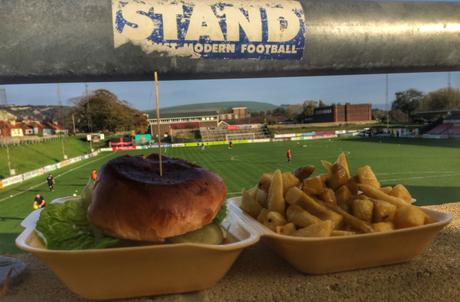Last year the BBC’s indepth look into the cost of watching football in Great Britain threw up more questions than answers. Whilst the report highlighted some interesting information, the results on many levels was flawed because they asked the clubs to submit the information rather than doing the research themselves. Commentators soon picked up on this, pouring cold water on some of the claims being made by the report and the clubs alike. Headline figures of the “cheapest ticket” for instance often related to one game where the club discounts all tickets for a particular purpose rather than the cheapest average ticket cost across the whole season.
Despite having ample opportunity to correct the approach, the same methodology produced the same type of result this year. At West Ham United for instance, the cheapest ticket is apparently £25, which it is for the pre-Christmas game versus Stoke City. The game before, versus West Bromwich Albion the same seat would cost you £45 (for a ‘Category A’ game this would rise to £70). To therefore report the cheapest ticket is so low is simply misleading. It took less than 30 seconds to find that publicly available ticket information. The Hammers also take the prize of having the highest away fans ticket price at an eye-watering £85.
The question of value for money is a hard one to quantify. If you asked a Leicester City, Crystal Palace or Hammers fan whether they feel they are gaining value year over last, I’m sure they would say they are, due to the superb starts to the season the clubs have had. Likewise, fans of Chelsea may suddenly feel that paying a minimum of £52, the most expensive cheapest ticket in the Premier League, it’s a price too much after the poor start they’ve had.

Down in the Ryman Premier League there’s no such thing as differential pricing. Every adults pays the same admission fee whether the opposition is at the top or bottom of the league and whether they are a home, away or neutral fan – that’s how football should be priced. Why should I pay more as a home fan to watch Chelsea or Manchester United than I do to watch Watford or West Brom? I’m paying to watch my team perform, not the opposition. It appears that professional clubs feel that it’s justifiable to charge extortionate prices even in times of record TV deals. Whilst they watch their bank accounts fill up, just down the road Non League clubs fight for every penny.
Paying £11 to watch the Rooks play is around a tenth of the average weekly wage for one of our players. At Arsenal, paying £95 is certainly not a tenth of a Gunner’s average weekly wage. In fact I’d bet it’s not a hundredth of the weekly watch. Fans count significantly more to grassroots than they do in the professional game. With no central TV money or sponsorship deals clubs have to,fight for every penny. The true cost of football at our level means the difference between survival and a potential out of control spiral downwards.
The BBC report paints a far too healthy position of the cost of football in most instances. I’m sure there are hundreds of fans up and down the country that would happily contribute to a much more subjective review next season that could also go down deeper than step 5 of the pyramid. Fans want to genuinely understand whether they get value for money – unfortunately the research simply doesn’t cut the mustard when it comes to defining that.

